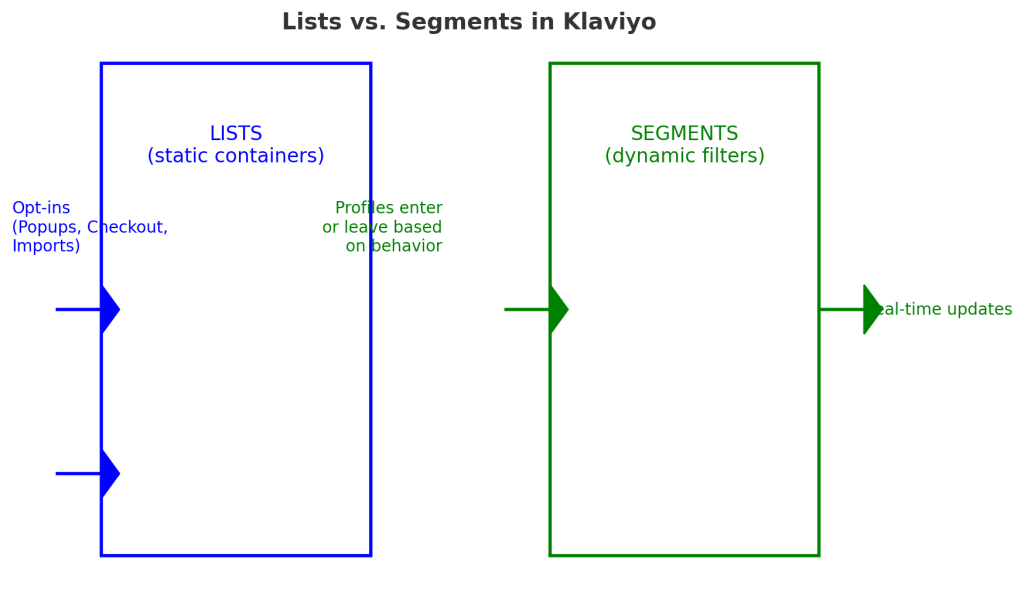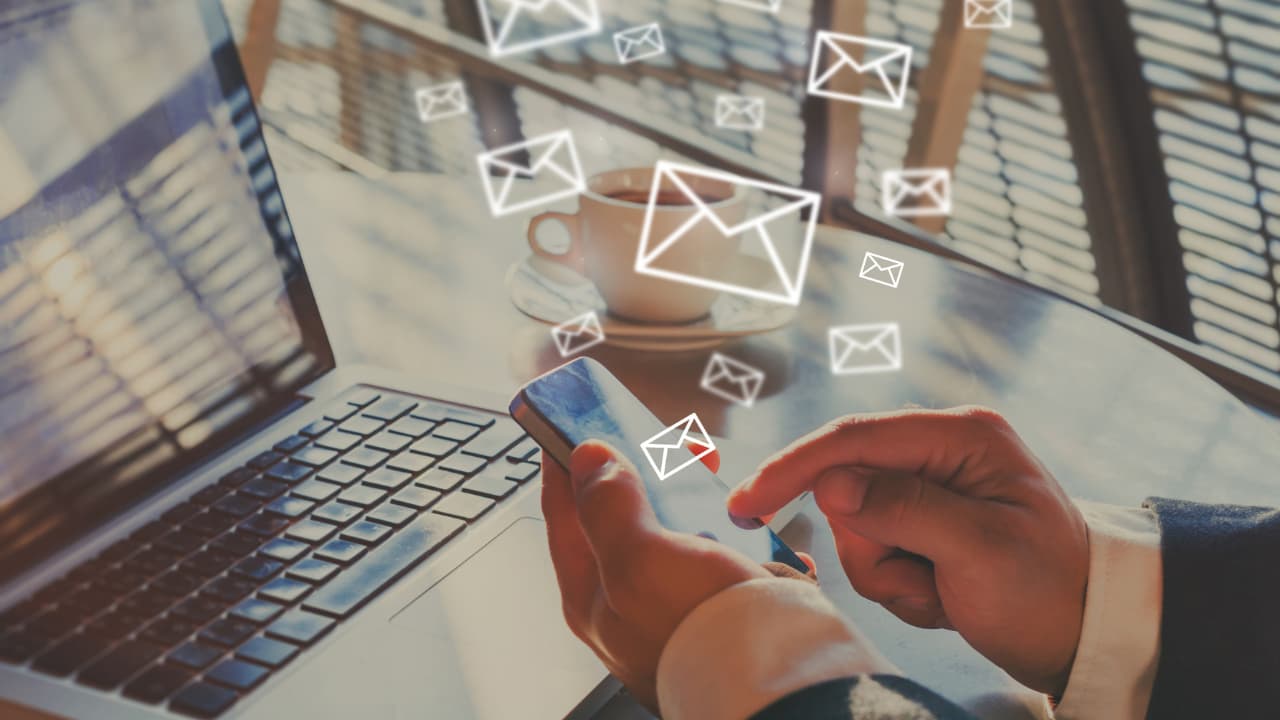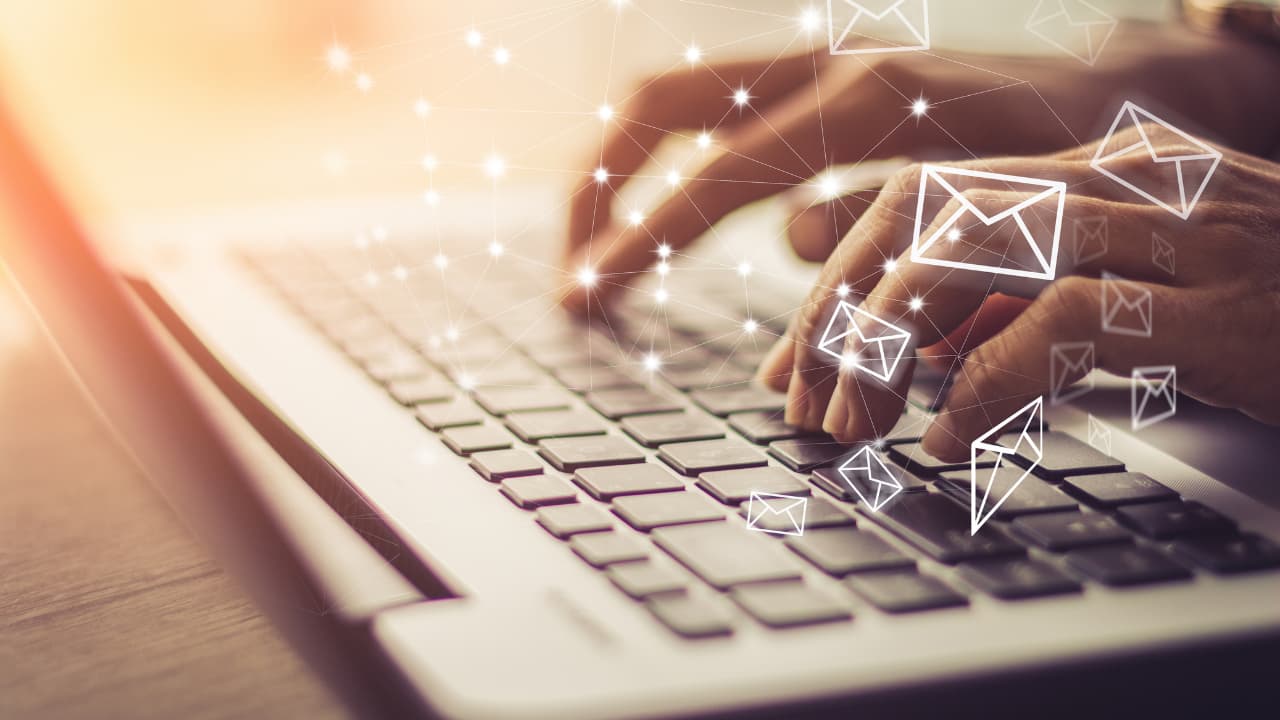When it comes to building a successful email marketing strategy in Klaviyo (or any platform), there are two core building blocks you need to understand: lists and segments. While they may sound similar, they serve very different purposes—and knowing how to use them correctly is the difference between a healthy, high-performing program and one that struggles with poor deliverability and low engagement.
Think of it like this:
- Lists are containers. Once someone goes into a container, they stay there until you take them out.
- Segments are filters. They automatically sort people in and out based on rules you’ve defined.
Let’s break that down.

What Are Lists?
Lists are static groups of subscribers. Once someone is added to a list, they stay there unless you manually remove them. That’s why lists are best for organizing opt-ins and triggering welcome flows.
Why Lists Matter
There are two main reasons you need to manage lists carefully:
- Tracking Growth Sources
You should always have one primary email list and one primary SMS list for all your organic opt-ins—these are people signing up through your website’s pop-up forms or during checkout. Beyond that, create separate lists whenever you import subscribers from a different source. This allows you to track exactly where your subscribers are coming from, giving you clear insights into how your database is growing. - Triggering the Right Welcome Flow
When someone joins a list, that action usually triggers a welcome flow or nurture series. This is your chance to make a strong first impression—so the message needs to match the way they signed up. For example, if someone entered a giveaway on Instagram, the first email they receive shouldn’t be a “10% off your first order” message. Instead, it should acknowledge the giveaway, build excitement, and introduce them to your brand in the right context.
So remember: lists are like containers for new opt-ins—clean, simple, and static.
What Are Segments?
Segments, on the other hand, are dynamic groups of subscribers. They constantly update in real time based on the criteria you set. A profile may enter or leave a segment at any moment, depending on their behavior, engagement, or attributes.
Think of segments as filters: you define the rules, and Klaviyo automatically filters people in and out as their behavior changes.
Why Segments Matter
Segments are essential for campaign sending. Instead of sending your subscribers the same messages, you deliver personalized messages to specific groups of subscribers that share common characteristics or interests. Unlike lists, they’re designed to reflect current behavior and keep your deliverability strong. Here’s why:
- Protect Your Sender Reputation
Sending campaigns to your entire list is one of the fastest ways to damage deliverability. Many subscribers on your list may no longer be engaged, and every unopened email signals to inbox providers (like Gmail or Outlook) that your messages aren’t wanted. Segmentation solves this problem by letting you filter for engaged subscribers who actually want to hear from you. - Personalize at Scale
Because segments can be based on almost any data point—purchase history, engagement with emails or SMS, browsing behavior—they’re the key to tailoring your campaigns. Whether you want to re-engage lapsed customers, upsell recent buyers, or nurture prospects, segments make it possible.
Essential Segments Every Brand Needs
Below are the 13 most impactful customer segments every brand should prioritize.
1. New Subscribers (Welcome Flow)
Goal: Encourage prospects to make their first purchase.
The welcome series is your chance to make a lasting first impression. New subscribers are most engaged right after signing up, so capitalize on that moment.
Done right, your welcome series sets the tone for the relationship and primes subscribers for their first purchase.
2. Cart Abandoners (Cart/Checkout Abandonment Flow)
Goal: Recover potentially lost sales.
Cart abandonment is one of the biggest lost revenue opportunities in e-commerce — but also one of the easiest to fix.
3. Recent Buyers (Post-Purchase Flow)
Goal: Increase customer lifetime value through upsells and cross-sells.
The sale isn’t the end of the journey — it’s the beginning of loyalty. Post-purchase flows are critical for nurturing customers beyond their first order.
4. Inactive Customers (Win-Back Flow)
Goal: Reignite interest among customers who haven’t purchased in 90–180 days.
Customer churn happens, but with smart win-back campaigns, you can re-spark connections.
5. Browsing Abandoners (Browse Abandonment Flow)
Goal: Re-engage customers based on browsing behavior.
Not every shopper who shows intent adds items to their cart. Browse abandonment flows let you capitalize on interest before it fades.
6. Inactive Subscribers (Sunset Flow)
Goal: Win back inactive customers while maintaining list hygiene and deliverability.
Not all subscribers stay engaged forever, but you can reawaken many before suppressing them.
7. VIP Customers (VIP Flow)
Goal: Strengthen relationships with your most valuable customers.
Your best customers deserve the best treatment. Recognizing and rewarding them builds loyalty and advocacy.
8. Celebrations (Birthday Flow)
Goal: Build emotional connections through celebration.
Few things feel more personal than a birthday message — especially one that comes with a thoughtful perk.
9. Seasonal & Holiday Campaigns (Holiday flow)
Goal: Align promotions with seasons, weather, and regional holidays.
Seasonality is a powerful driver of purchases, but success depends on smart timing and localization.
10. Location-Based Promotions
Goal: Deliver hyper-relevant campaigns tied to geography.
Local context makes messages feel more personal and actionable.
11. Engaged Customers
Goal: Generate excitement and loyalty by offering pre-sale access.
Highly engaged customers are prime advocates — reward them with exclusivity.
12. One-Time Buyers (Reactivation Flow)
Goal: Convert first-time buyers into repeat customers.
Many customers buy once and never return — but a well-timed reactivation can change that.
13. Window Shoppers (Site Abandonment Flow)
Goal: To engage visitors who signed up to your email list and browsed your website but left without adding anything to their cart.
This flow is essential for ecommerce businesses because it helps recover potential customers who might otherwise disappear for good.
The Big Takeaway
- Lists = containers. Use them for capturing opt-ins and triggering the right welcome flows.
- Segments = filters. Use them for sending campaigns, protecting deliverability, and personalizing your messaging at scale.
By mastering lists and segments, you’ll have the foundation for smarter, more effective email marketing. You’ll know who to talk to, when to talk to them, and how to personalize your message—all while keeping your deliverability and reputation strong.






